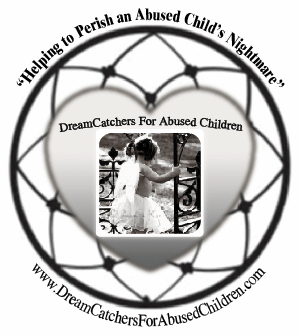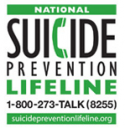Sexual Assault Prevention: A Guide for Students, Teachers, Admins
 As reported by both the American Association of Universities and the White House Task Force to Protect Students from Sexual Assault, with few exceptions, educators and school administrators are falling short in the struggle to make our campuses safe places for women and men alike. An recent investigation by the Pulitzer Prize winning Center for Public Integrity concluded, “Students found ‘responsible’ for sexual assaults on campus often face little or no punishment from school judicial systems, while their victims’ lives are frequently turned upside down.”
As reported by both the American Association of Universities and the White House Task Force to Protect Students from Sexual Assault, with few exceptions, educators and school administrators are falling short in the struggle to make our campuses safe places for women and men alike. An recent investigation by the Pulitzer Prize winning Center for Public Integrity concluded, “Students found ‘responsible’ for sexual assaults on campus often face little or no punishment from school judicial systems, while their victims’ lives are frequently turned upside down.”
As part of the heightened effort to respond to the crisis of campus-based sexual assault, the White House Task Force to Protect Students from Sexual Assault outlines a number of critical steps that institutions must take to lower and eventually eliminate sexual assault on campus. Among the Task Force’s key recommendations are the following: READ MORE HERE
INTRODUCTION
In late 2014, Emma Sulkowicz gained international attention when she started to carry a 50-pound mattress everywhere she went on the Columbia University campus in an effort to draw attention to the problem of sexual assault. Her action was part of a senior thesis project and protest piece called Mattress Performance (Carry that Weight). Sulkowicz initiated the performance after experiencing a sexual assault on campus and being forced to continue studying at the same institution as her assailant. Although her action did not lead to the assailant’s expulsion as hoped, it did raise awareness about the ongoing problem of campus sexual assault and how these assaults are frequently not taken seriously by school officials.
While Sulkowicz’s individual plight may be easy to ignore, recent statistics suggest that Sulkowicz is not alone. A 2015 study by theAmerican Association of Universities, which surveyed over 150,000 students at 27 colleges and universities—making it the largest study of its kind to date—discovered that 27.2% of female college students have experienced unwanted sexual contact on campus by their senior year and nearly half have experienced unwanted penetration, attempted penetration or oral sex. Equally shocking is the study’s finding that only half the students surveyed believe that their school officials are “very or extremely likely” to conduct a “fair investigation” when complaints about unwanted sexual contact and sexual assault on campus are brought forward.
Given the high frequency of sexual violence on college and university campuses and lack of confidence in school officials, what can be done to prevent sexual assault on our campuses and what specific roles can students, educators, administrators and parents play in sexual assault prevention?
EXPERT CONTRIBUTORS

Dr. Alan Berkowitz
Dr. Alan Berkowitz is an independent consultant, licensed psychologist, educator, author, and nationally recognized expert on dating violence and bystander behavior. As a central figure in the development of Social Norms Theory, Dr. Berkowitz’s work as a researcher, psychologist and educator continues to draw attention to the problem of sexual assault and to empower men to take action against sexual violence.

Dr. Jill Hoxmeier
Assistant Professor of Physical Education and Public Health at Central Washington University. She holds a PhD in Public Health from Oregon State University and is a Certified Health Education Specialist. Dr. Hoxmeier has published widely on the topics of sexual assault and dating violence.

Cait Etherington
Cait holds a PhD in Education (York). Her essays, articles and reviews have been published in research journals across the United States and internationally. She also has over two decades of experience working as an educator. Cait has worked as a community educator, adult educator at the college level, and as a university professor, teaching courses and seminars at the undergraduate and graduate levels in education and the humanities.
By the time you finish reading this, 15 children will have been abused; In the next five minutes, 30 more; Within the next hour, 360 more; And by tonight, close to 8,000+ children will have suffered from abuse, 5 of which will die. Child abuse has increased 134% since 1980 and is now considered a worldwide epidemic. The high jump in child abuse deaths and the shocking increase in statistics highlights the frightening lack of public knowledge.
Educate Yourself -- Learn the Facts
It May Just Save a Child's Life!!


















![Validate my RSS feed [Valid RSS]](http://dreamcatchersforabusedchildren.com/wp-content/uploads/2009/10/valid-rss.png)












